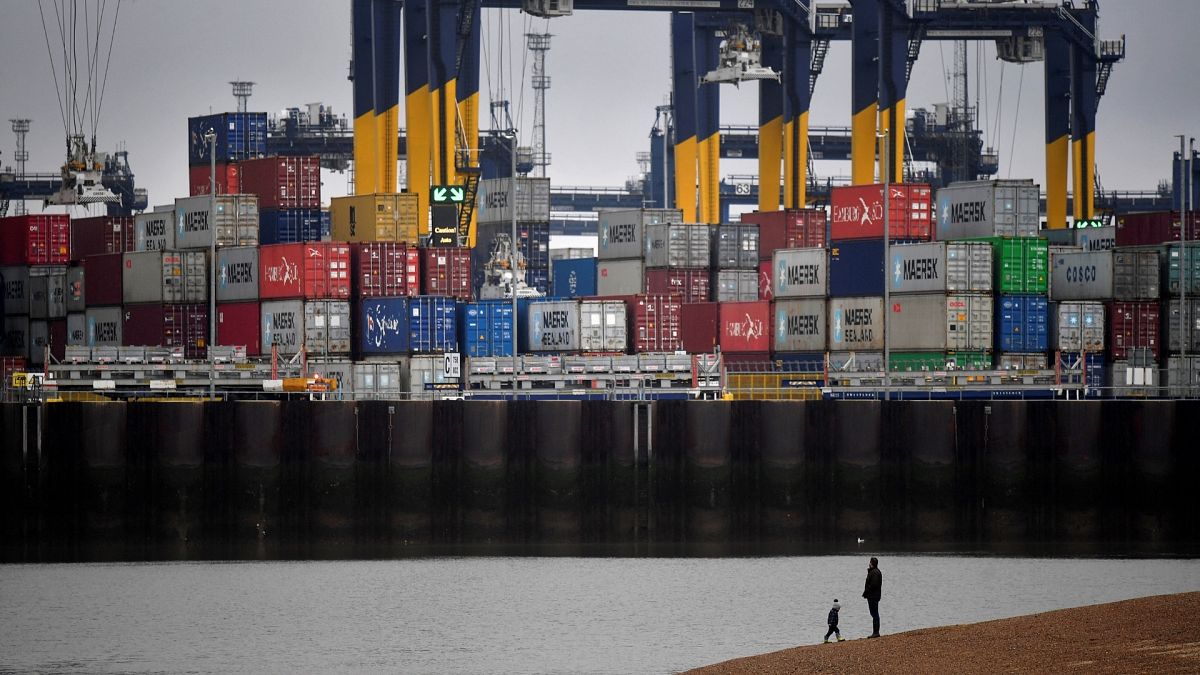More than 300 industry leaders have come together to develop a plan to reach net-zero emissions by 2050.
Shipping, aviation and steel are three of the world’s most polluting industries. Together they emit close to six gigatonnes of carbon into the atmosphere every year.
But they are often ignored in the national climate plans, known as Nationally Determined Contributions, that form the basis of negotiations at COP.
Now more than 300 corporate leaders from seven industries that are difficult to decarbonise have come together to develop a plan. Called the Mission Possible Partnership (MPP), it wants to steer companies, customers and financial institutes towards a clear path to net-zero by 2050.
“The kind of change we are talking about to get these industries to net zero is unprecedented,” says Chad Holliday, co-chair of the MPP.
“The good news is that we now know more on how to keep the planet below 1.5 degrees and have shown radical collaboration is possible, even among competitors, despite a global pandemic.”
Setting the stage for COP26
MPP co-executive director Anthony Hobley adds that there is now unprecedented momentum to speed up the decarbonisation of these industries.
“With COP26 around the corner, the committed community of business leaders that MPP and its partners convene are demonstrating powerfully that corporates are not waiting for governments to act, but that they do need policy support to be successful.”
The plans they are putting together also act as a guide for policymakers ahead of the UN climate talks. They are based on scientific fact, with clear milestones and metrics to monitor progress, the WPP says.
Potential solutions include transforming where the energy comes from for steel production, improving the supply of zero-carbon fuel for shipping and phasing out fossil jet fuel by 2050.
“The most important message is that we can only achieve the sector’s potential with the support and engagement of the full supply chain as well as policymakers and the financial sector,” says Aditya Mittal, CEO of ArcelorMittal, a multinational steel manufacturing company.
What needs to be done?
These three industries are just the first step for MPP with four more carbon-intensive sectors involved in the plans: chemicals, concrete, aluminium and trucking. In total, they are responsible for 30 per cent of global greenhouse gas emissions.
Many of the industry leaders involved are adamant that the pathways they take towards net-zero are not just greenwashing. Breakthrough technologies including hydrogen-based fuels and carbon capture and storage solutions are needed to help companies reach the target by 2050.
To do this, 10 times more investment is needed in innovation and unprecedented levels of collaboration, says a new report from the World Economic Forum (WEF)
“The challenge ahead is significant, but not insurmountable,” says Derek Baraldi, Head of Sustainable Finance and Investing, at WEF.
“If executed thoughtfully, the mobilization of finance to breakthrough technologies presents a tremendous investment opportunity.”




